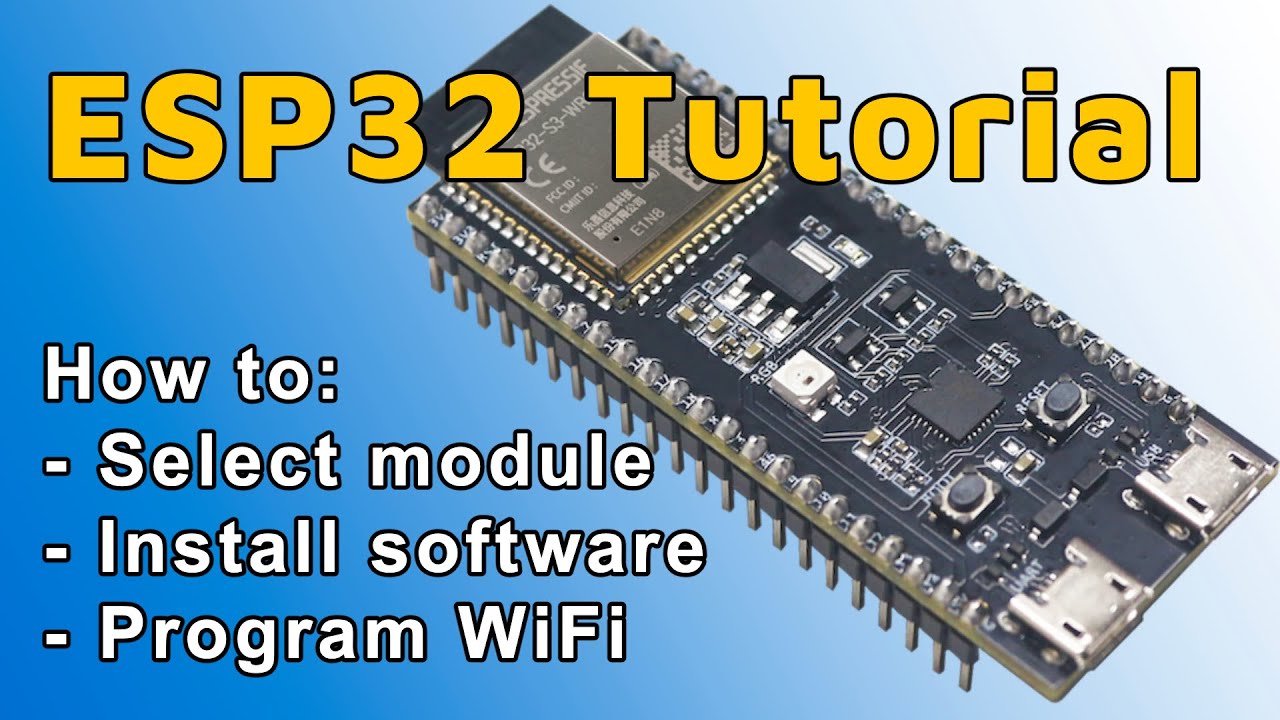10 Tips for Better Schematic Checking – Processor Boards

- Tricky power
Be aware of the power rail, which powers a particular pin. A wrong connection can cause current leaking, not defined signal level or can prevent board from booting. Check how the pin is connected inside the chip – is there a pull up/down, is there a protection diode, ….?
Useful TIP:
Always have an option to disable on board watchdog reset. - Input pins
Be sure, all input pins have defined level (if unconnected, check if internal pull up/down is used). Be sure, the pin level is what you expect.
Useful TIP:
Use series termination resistor on CLOCK signals, place it close to the clock output. - Buffer type
Be aware of different buffer types. For example, differential pair clocks can have different voltage levels or impedances. - Reset timing
Be aware of the longest required reset timing in your board. Not meeting this requirement may prevent a chip from working properly. - Power rail
Be sure you always check required voltage level. Some power pins require unusual voltage levels. - Maximum current
Always check if your power supply can deliver required current. Don’t forget to make sum of currents flowing to all peripherals connected to one power rail.
Useful TIP:
Always check if your power pins are actually connected to power. Sometimes happen, you may forget to change the power net name when you copy it from reference schematic. - Double check voltage dividers
If a voltage divider is used to set output voltage of a regulator, be sure you double check resistor values. You don’t want to damage your board with higher voltage. - Tricky “power” pins
Some pins don’t appear as power pins, but may have unusual requirements e.g. “VBUS – Connect directly to 5V” - Read Errata
Errata document describes known bugs of a chip – and some of the errata are really important. - Use Checklist
Some chip manufacturers provides Schematic / Layout / Design checklists. When you finish your schematic, don’t forget to read them.
Following video shows some examples:




